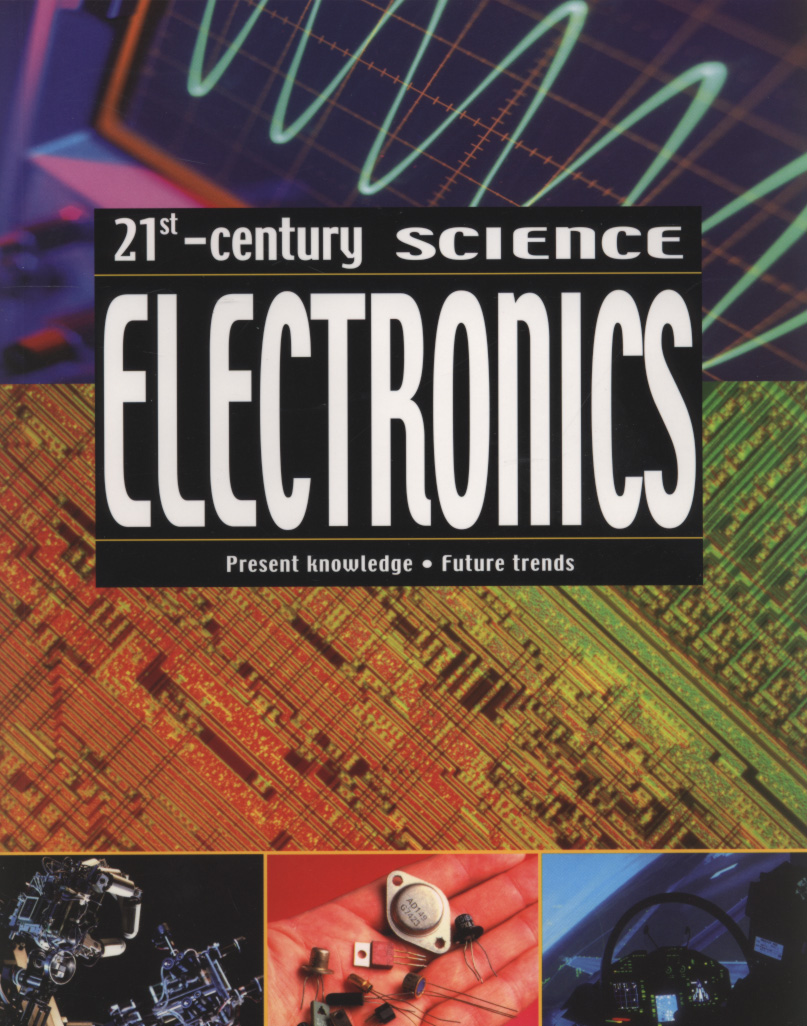Filters
Clear allSubject
- Careers (1212) Apply Careers filter
- Climate Change (123) Apply Climate Change filter
- Computing (1562) Apply Computing filter
- Creative arts and media (78) Apply Creative arts and media filter
- Cross curricular (2140) Apply Cross curricular filter
- Design and technology (5198) Apply Design and technology filter
- Engineering (1404) Apply Engineering filter
- Food Preparation and Nutrition (289) Apply Food Preparation and Nutrition filter
- Health and safety (89) Apply Health and safety filter
- Leadership (53) Apply Leadership filter
- Mathematics (11108) Apply Mathematics filter
- Personal development (94) Apply Personal development filter
- Psychology (78) Apply Psychology filter
- Science (22136) Apply Science filter
- Space (117) Apply Space filter
- STEM Ambassadors (157) Apply STEM Ambassadors filter
- STEM Clubs (114) Apply STEM Clubs filter
Age range
Type
- Activity sheet (3974) Apply Activity sheet filter
- Article (732) Apply Article filter
- Assessment (175) Apply Assessment filter
- Audio (75) Apply Audio filter
- Data set (75) Apply Data set filter
- Demonstration (169) Apply Demonstration filter
- Diagram (4) Apply Diagram filter
- Experiment (397) Apply Experiment filter
- Game (123) Apply Game filter
- Group work (162) Apply Group work filter
- Image (196) Apply Image filter
- Information sheet (844) Apply Information sheet filter
- Interactive resource (425) Apply Interactive resource filter
- Lecture (6) Apply Lecture filter
- Open-ended task (84) Apply Open-ended task filter
- Poster (113) Apply Poster filter
- Presentation (1283) Apply Presentation filter
- Quiz (58) Apply Quiz filter
- Research (794) Apply Research filter
- Self assessment (37) Apply Self assessment filter
- Simulation (9) Apply Simulation filter
- Teacher guidance (4663) Apply Teacher guidance filter
- Textbook (560) Apply Textbook filter
- Video (1740) Apply Video filter
- (-) Remove Include Physical Resources filter Include Physical Resources
Showing 39939 results

Most of our 21st century world relies on electronics. This guide explores where science is going in the new century, as well as the interface between science and technology and the subsequent repercussions on our...
In this Teachers TV programme Joanna Postlethwaite, Head of Food Technology at John Cabot Community Technology College, sets Year Seven students the task of recording their eating habits for 24 hours. Megan and Ryan keep a video diary for the day, recording what they both eat at school and at home, producing some...

A really challenging version of the 24 game. As with Cross-Curricular packs, the aim is to make 24 using all four numbers . exoressions. This deck contains 48 Algebra and 48 Exponent...

Object of the game: Make the number 24 from the four numbers on a game card. You can add, subtract, multiply and divide. Use all four numbers on the card, but use each number only once....
This seemingly simple prompt leads to a rich task which students can explore in a variety of ways.
Lesson notes 1...
This item is one of over 25,000 physical resources available from the Resources Collection. The Archive Collection covers over 50 years of curriculum development in the STEM subjects. The Contemporary Collection includes all the latest publications from UK educational publishers.
This item is one of over 25,000 physical resources available from the Resources Collection. The Archive Collection covers over 50 years of curriculum development in the STEM subjects. The Contemporary Collection includes the latest publications from UK educational publishers.
This task is designed to assess how well students understand repeated percentage reduction.
The task begins with reducing the price of a jacket by 25%. The sale price of the jacket reduces by 25% on a further three occasions. A statement is made that ‘four reductions of 25% must mean the jacket is then free...
This set of bingo cards supports children learn about 2D shapes in a fun and engaging way. It contains twelve bingo cards which can be printed off and laminated, allowing children to circle the shapes from a description of their properties.
This resource has been provided by Early Learning HQ.
This Barefoot Computing activity for upper primary goes deeper into the concept of algorithms, using logical reasoning and debugging to find errors and to improve accuracy and efficiency. By following instructions, children create diagrams constructed from simple shapes. They are asked to identify errors in the...
Aimed at Early Years and lower primary this resource contains a set of 2D shape fans which support with the teaching about the properties of 2D shapes.
Provided by Early Learning HQ, the sections of the fan can be laminated and put together with a split pin to create the resource.
This resource consists of two interactive excel programs. The first allows students to explore 2D representations of solids. The second provides problems relating to angles and lengths within solids which need to be solved using trigonometry.
Drawing 3D in 2D This excel file deals with 2D...
Produced by the Learning and Skills Improvement Service (LSIS), these resources are aimed at mathematics practitioners.
Sessions in this resource look at:
• 2D and 3D shapes (developing mathematical language)
• 2D shapes - naming and classification (using co-operative small group work)...
This resource contains a series of interactive spreadsheets designed to demonstrate various teaching points and to provide practice in 2D and 3D shapes and their properties at primary level. They are:
...
...
